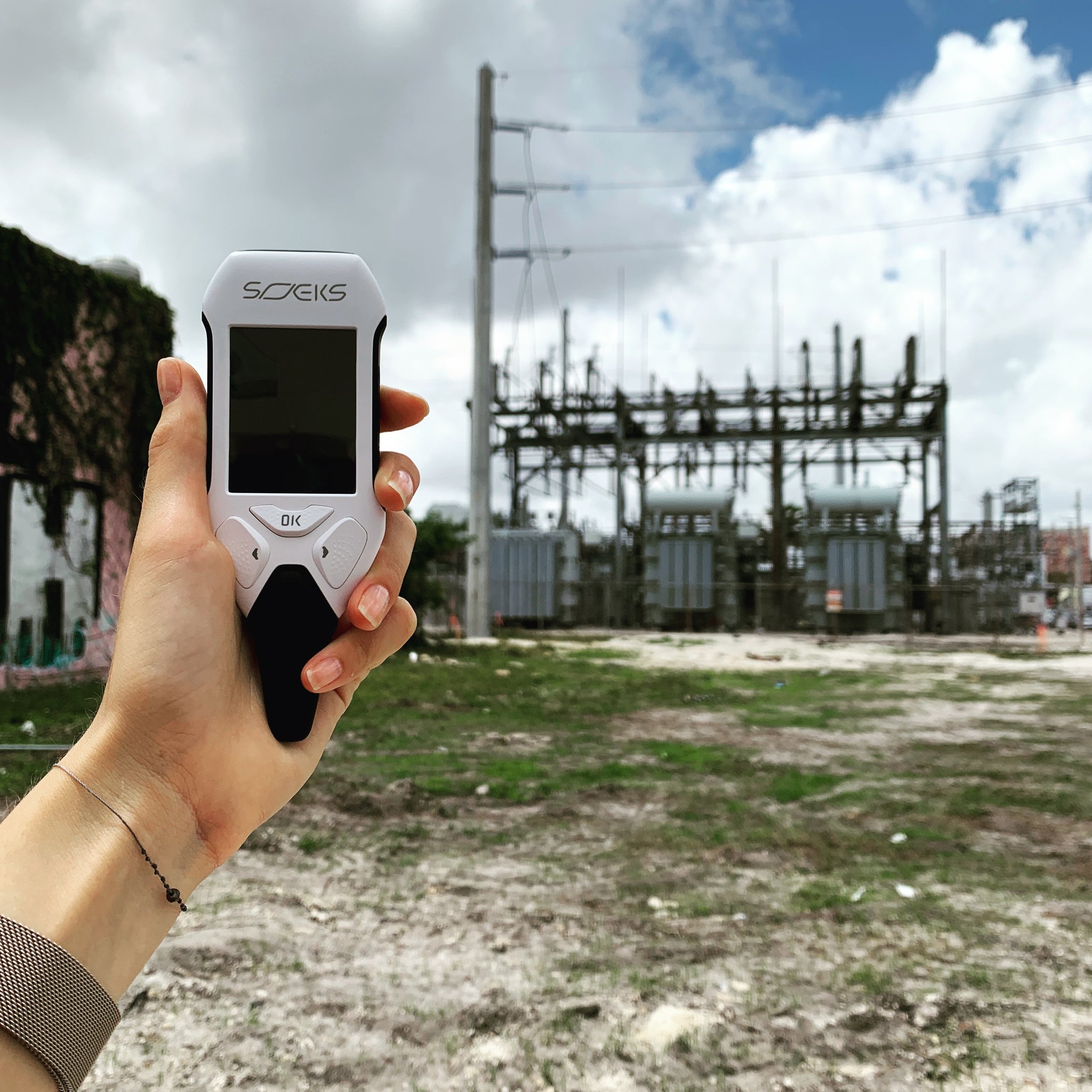Is EMF Radiation Harmful to Health?
Unraveling the Mysteries of EMF Radiation: What You Need to Know
Is EMF radiation harmful? Are EMFs real? These questions might have crossed your mind in our technology-driven world, with radiation emanating from our cell phones, microwaves, power lines, and other devices. This article tackles pressing questions about EMF radiation, explores the best EMF meter on the market, and suggests ways to protect your health.
EMF Levels: What's Safe and What's Not?
Understanding EMF levels is crucial. EMFs range significantly, depending on the source. Household appliances like microwaves, computers, cell phones, Bluetooth devices, and power lines generate low-frequency EMFs, from 20 to 2000 Hz, which the World Health Organization (WHO) deems potentially harmful due to their biological effects on the human body. But what level of EMF is dangerous? The answer isn't clear-cut—it depends on the frequency, duration, and intensity of exposure. But being aware of your exposure can help you take proactive steps to minimize potential risks.
The SOEKS ECOVISOR F4: Your Ally in EMF Detection
Monitoring your EMF exposure is crucial in managing potential risks, and the SOEKS ECOVISOR F4 is a prime choice for this purpose. Designed to detect low-frequency EMFs between 20 and 2000 Hz, it provides accurate readings of EMF levels in various environments. But the ECOVISOR F4 is more than an EMF meter—it also measures ionizing radiation and tests for nitrates in food and water's total dissolved solids (TDS).
Dangers of EMF Exposure: Separating Fact from Fiction
The potential dangers of EMF exposure often spark debate. Some argue it's entirely safe, while others warn of serious health effects. However, separating fact from fiction is essential. There are two types of artificial EMF radiation: non-ionizing and ionizing. Non-ionizing radiation, given off by most household electronics, is generally considered less of a health threat, although some people are more sensitive to it. Ionizing radiation, including X-rays, gamma rays, and UV light, has a higher frequency and is associated with cellular damage, especially with repeated exposure.
| Source | Frequency Range (Hz) | Potential Danger |
|---|---|---|
| Household appliances | 20 - 2000 | Potentially dangerous |
| Ionizing radiation (e.g., X-rays, gamma rays) | Exceeds 2x1018 | Extremely dangerous |
Protecting Yourself from EMF Radiation
While the full extent of low-frequency EMFs' health impact remains uncertain, it's wise to err on the side of caution. As our reliance on technology grows, so does our exposure to EMFs. The following strategies can help you minimize potential risks:
- Maintain Distance: Keep electronic devices at a distance when not in use.
- Proper Home Layout: Arrange your furniture and beds away from outlets and internal walls that might hide wiring to reduce exposure to low-frequency EMFs.
- Limit Usage: Designate certain 'tech-free' periods each day.
- Utilize Natural Elements: Use cacti and other elements that may absorb some EMFs.
- Stay Informed and Regular EMF Testing: Stay up-to-date with the latest research on EMF radiation and use the SOEKS ECOVISOR F4 for regular EMF testing.
Your health is your most valuable asset. Arm yourself with the right knowledge and tools to protect it.
Got questions? We're here to help! Don't hesitate to contact us if you have any questions about our meters.
EMF and Children: Extra Precautions
Children are particularly sensitive to the effects of EMF radiation due to their developing bodies and brains. As a result, extra precautions should be taken to reduce their EMF exposure. Here are a few recommendations:
Limit Screen Time: Limit the amount of time children spend on electronic devices, particularly those held close to the body, like tablets and smartphones.
Safe Distance: Keep electronic devices, such as baby monitors and gaming consoles, a safe distance from your child's body.
EMF-Free Zones: Create EMF-free zones, especially in their bedrooms, where the focus is on rest and recovery.
Debunking EMF Myths
There are many myths about EMFs and their impact on our health. Let's debunk some of the most common misconceptions:
Myth 1: All EMF exposure is harmful
Not all EMF exposure is dangerous. The Earth itself emits EMFs, as does the human body. What's potentially harmful is excessive exposure to certain types of artificial EMFs.
Myth 2: EMF protection products can completely block EMFs
Many EMF protection products claim to block all EMFs, but this is unlikely. While some products may reduce exposure, none can eliminate it entirely. It's better to check and try free ways to avoid EMFs.
Myth 3: You can feel EMF exposure
While some people claim to be sensitive to EMF exposure, the majority of individuals don't feel any immediate effects. That doesn't mean it's not potentially harmful, particularly over the long term.
EMF in the Workplace: Risks and Solutions
The workplace can be a significant source of EMF exposure, especially in office settings or industries that heavily rely on electronic equipment. Here's what you can do to reduce risks:
Be Aware: Identify potential sources of EMF in your workplace.
Maintain Distance: As much as possible, keep a safe distance from high-EMF equipment.
Regular Breaks: Take regular breaks away from your computer and other electronic devices.
Use an EMF Meter: Use the SOEKS ECOVISOR F4 to monitor EMF levels in your work area.
Your safety and health are paramount, both at home and in the workplace. Stay informed and take appropriate actions to reduce your EMF exposure.
Stay Informed: Resources for Further Learning
Knowledge is power. Here are a few resources to deepen your understanding of EMF radiation:
The World Health Organization (WHO): The WHO provides reliable, up-to-date information on the potential health effects of EMFs. For more information, visit WHO's page on EMF.
National Institute of Environmental Health Sciences: This organization offers resources related to the environmental impacts on human health, including EMF exposure. Learn more on NIEHS's page on Electric & Magnetic Fields.
Electromagnetic Radiation Safety (SaferEMR): A public education project providing information about the health risks of wireless radiation. Visit SaferEMR's website to find out more.
Remember, the most important step in managing EMF exposure is to stay informed and proactive. If you have any questions or concerns, please contact us.


